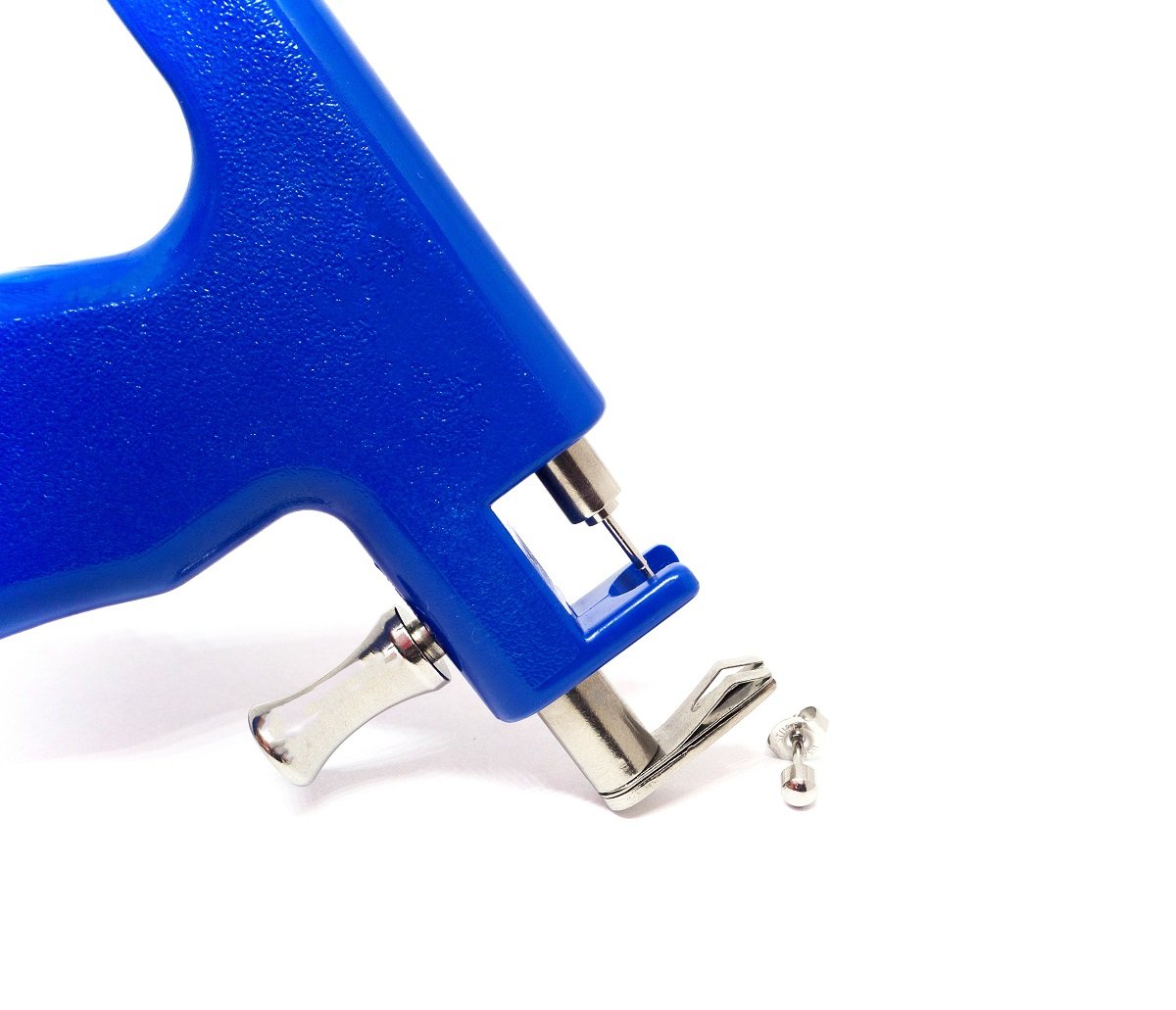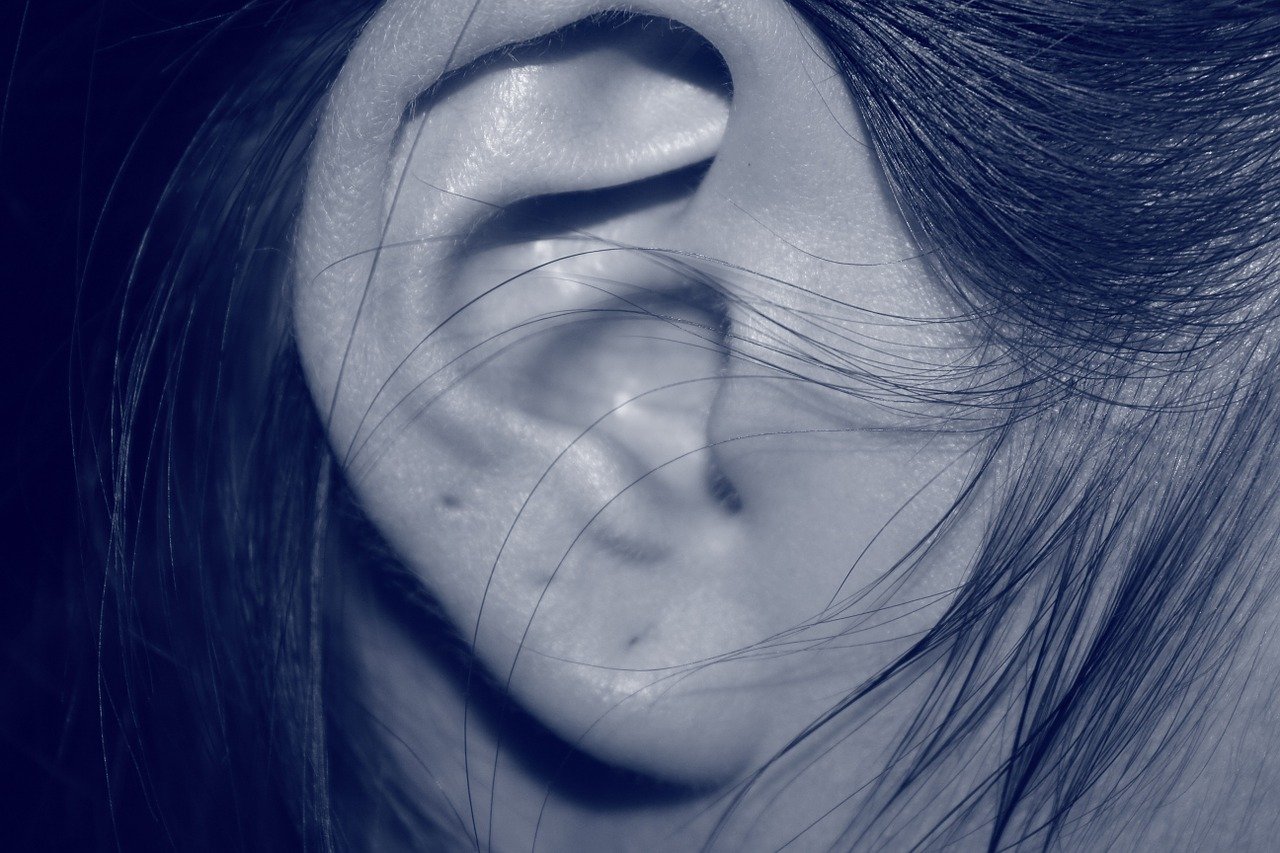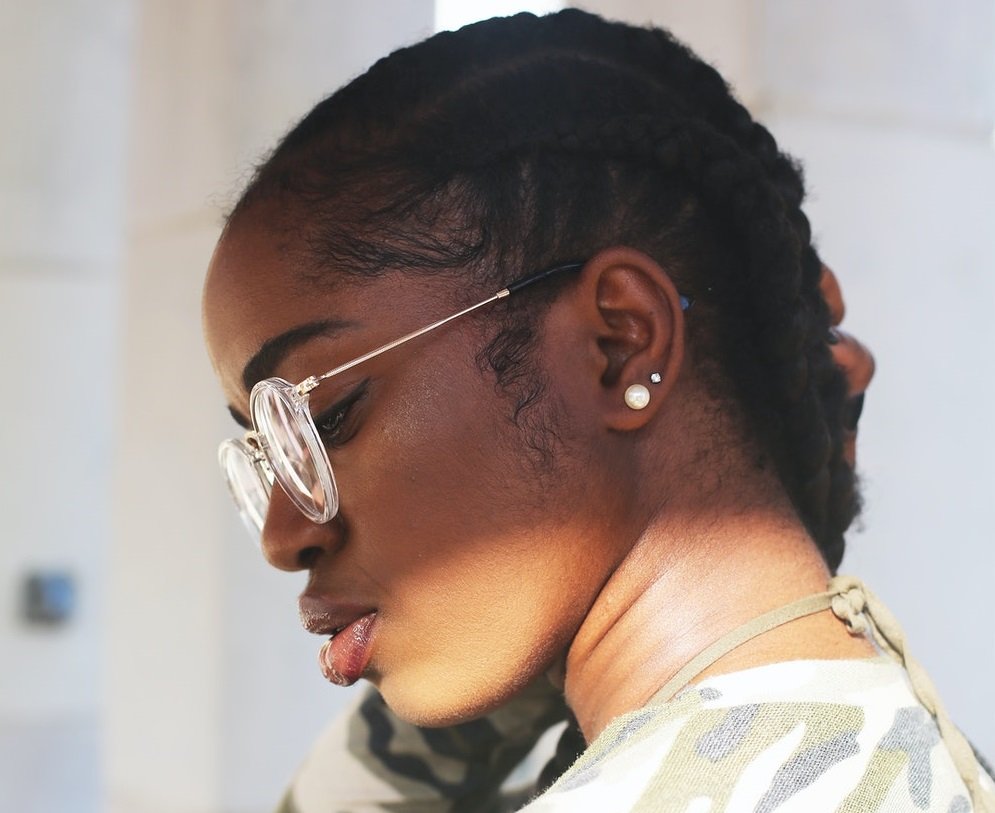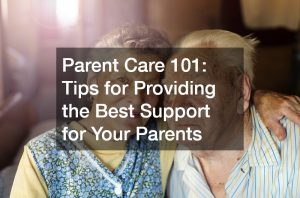Ear piercing is a widely popular accessory among people of all ages. Though styles and practices may vary by culture, choosing to get ear piercings are generally an aesthetic choice many choose to make.
Ear piercings, however, require some amount of aftercare after they are freshly installed. So, if you’re thinking about getting an ear piercing, make sure you read on and see if you’re willing to undergo these aftercare procedures (otherwise you risk pain, swelling, and possible infection) and see if we’ve answered some common questions from first-time piercers.
And if you’ve just got an ear piercing, here’s what you need to do to minimize the pain and risk of swelling.
- Background of Earrings and Ear Piercing
- Ear Piercing Aftercare
- How Long Does a Piercing Take to Heal?
- Should I Take My Ear Piercing Out If It Is Infected?
- Ear Piercing is Closing Up
- What Should You Not Do After Getting Your Ears Pierced?
- How Can I Make My Ear Piercing Heal Faster?
- When Can I Get a Second Ear Piercing?
- Still Interested in Getting a Piercing?
Background of Earrings and Ear Piercing
Earrings and ear piercings are completely for aesthetic purposes, so you won’t be getting any benefits out of them other than the fact that many find them aesthetically pleasing.
Ear piercing dates back as early as 2600 BCE from the Sumerian civilization and is said to be one of the oldest forms of body modification. It’s also found in old Greek, Persian, Egyptian, Roman, Japanese, and European history, which means that many cultures have different takes and practices on ear piercing.
For example, in some Hindu traditions, boys and girls under the age of five get their ears pierced in a Karnavedha ritual. In other cultures, it is acceptable for parents to pierce their baby’s ears as early as two months old.

Earrings in the United States became popular in the late-1950s or early 1960s. Since then, earrings have become a staple in jewelry while plenty of ear piercing methods were introduced. Although “ear piercing parties” were a thing in the early days, it’s highly recommended that you have a physician or a professional piercer do it to avoid infection.
Earrings can come in many materials: costume jewelry earrings are usually made of plastic or cheap metal, while more expensive luxury earrings are made with silver, gold, and platinum.
Ideally, your starter earrings (the earrings the piercer puts right after they pierce your ear, which you ideally have to keep on for at least six months) should be made from hypoallergenic materials.
Surgical stainless steel is the most affordable and least likely to cause an allergic reaction, but platinum, titanium, and gold are also good choices.
Avoid wearing cheaper earrings until your piercings have fully healed. You may have to bring your own earrings if getting pierced by a doctor, while some professional piercers provide their own stainless steel earrings.
Ear Piercing Aftercare
Pain Management
You may experience slight pain after your procedure depending on your pain tolerance, the type of ear piercing, and the method. An earlobe piercing is slightly less painful than, say, a conch or industrial piercing, and needle piercing makes small incisions and can be more sterile than a gun that damages your ear tissue.

This is normal and can be resolved with over-the-counter painkillers. Expect to feel sore or a slight pain for the next few days.
Cleaning Your Ear Piercing
You need to clean your piercing twice a day. You can use soap and water to wash it during your baths, but for best results, use a saline solution. You can buy a saline solution at your local drugstore, or you can make your own solution at home. Some piercers recommend using alcohol, but this can dry out your skin and cause cracking, which can lead to more pain, inflammation, and infection.
When cleaning your ears, make sure to wash your hands with soap and water before touching your piercing. This can avoid infection or contamination. Dab the piercing instead of wiping to avoid damaging the tissue.
Removing Your Ear Piercing
The American Academy of Dermatology recommends leaving your earrings in 24/7 for at least the first six weeks. Removing the starter earrings during the healing process can close your piercings.
Avoiding Trauma to the Ear
Ear piercings will be very sensitive the first few weeks, but your ears won’t completely heal until one or two months, while other piercings take up to a year to heal. Avoid bumping or snagging it when you move. You may also have to change your sleeping position to avoid putting your weight on the piercing.
How Long Does a Piercing Take to Heal?

It really depends on which kind of ear piercing you got. While everyone’s healing varies, there’s an average estimate for different kinds of piercings. Earlobes heal the fastest in less than two months. Helix or tragus piercings, on the other hand, can take up to a year to heal completely.
During this time, you are not allowed to take your jewelry out for long periods of time. This may cause the hole to close, which may make it difficult to return your earrings or may require another piercing. You can move your earrings and twist them while cleaning, but make sure your ears are moist (with saline or water and soap) as turning them while dry can damage your skin.
Should I Take My Ear Piercing Out If It Is Infected?
If handled incorrectly, your ear piercing may be susceptible to bacterial infection. You’ll know your piercing is infected if:
- You feel unbearable pain in and around your piercing.
- Your ear is swelling, itching, and has a tender and burning sensation.
- Your ear is turning red and has a yellow or white discharge.
Minor infections can be handled at home. First, wash your hands with water and soap. You will be performing this three times a day, so your hands need to be clean to avoid further contamination. Next, clean your piercing with a saline solution. Avoid using alcohol, hydrogen peroxide, or topical antibiotic ointments unless prescribed by a doctor. This can irritate your skin and extend the healing process.
If your ears continue to show symptoms of infection, it may be a much more serious case of piercing infection. You can tell your ear infection is serious when the earring doesn’t move and feels embedded in your skin. You may also experience a fever or inflammation and redness in your ear farther than the piercing site. Your doctor will most likely prescribe an oral antibiotic.
Whether you do in-home cleaning or seek medical treatment, it’s not recommended you remove your piercing. Not only will the hole close up, but you will also be trapping the infection inside your ear, which will continue to fester and will require medical attention.
Ear Piercing is Closing Up
If you forget to wear your earrings or have decided to remove them before they fully heal, eventually your piercing hole will close up. This can make it difficult or even impossible to wear earrings.
Do not try to re-pierce the hole on your own. In case it closes slightly, slowly and gently push your earrings through your piercing to see if you can return them to place. If not, do not try to force your earring in as this can damage the tissue. Instead, make an appointment with a professional piercer or a doctor.
What Should You Not Do After Getting Your Ears Pierced?
After your piercing, proper care is essential and that involves not doing a few things. The skin around your new piercing is tender, swollen and extra sensitive for a few days. You are also prone to bleeding. To prevent infection and complication, practice proper ear-piercing aftercare and avoid the following:
- Fiddle with your piercings. Avoid touching your new ear piercing or twisting the earrings unless you’re going to clean them. Excessive friction or rubbing can irritate your skin and delay healing. Also, keep clothing away from your piercing.
- Clasp your earrings tightly. Refrain from clasping your earrings too tight, especially if you’re using the regular post-earring. The butterfly clasp can catch pus, dirt, hair, and dried blood, which can cultivate the growth of bacteria on the piercing site. Leave room for your piercing to breathe.
- Swimming. Stay away from hot tubs, pools, lakes, rivers, and other bodies of water to speed up your ear piercing’s healing process.
- Overclean your ear piercing. Excessive cleaning isn’t good for your new ear piercing. Also, too much cleaning will irritate it since the skin is constantly wet. This also creates a breeding ground for bacteria.
- Use alcohol or peroxide. If you want to sanitize your ears, avoid using peroxide or alcohol since these are too harsh, especially for fresh wounds. Instead, use saline solution or soap and water.
- Change your jewelry before the piercing is healed. A rule of thumb in ear piercing aftercare: avoid switching jewelry immediately. Healing takes time. Wait for your ear piercing to heal up completely before you change pieces of jewelry. Otherwise, you increase your risk for an infection.
How Can I Make My Ear Piercing Heal Faster?
There is no one-step way to hasten the healing process of your ear piercing. But practicing regular ear piercing aftercare can make recovery a straightforward process. You can also do a few things to support your current aftercare routine. Consider the following:
- Take multivitamins that contain vitamin C and zinc to boost your body’s healing abilities.
- Make sure that your bedding is clean to prevent bacteria from infecting your newly pierced ears. This is especially important if your pet sleeps in your bed.
- Poor diet, stress, and drug abuse can prolong the healing of your ear piercing. So, make sure that you eat well, manage your stress and avoid substance abuse.
When Can I Get a Second Ear Piercing?
If your pain tolerance is high, you can get more than one ear piercing in one session. However, expect that the pain will be much more intense when installing. After installing your first piercing, your ears will be tender and sensitive, so adding a second one immediately will hurt more than waiting for your first piercing to heal completely. And having to provide aftercare for two piercings may prove to be more painful than getting one at a time.
If you want to avoid this, wait until your first piercing has completely healed before getting a new one. This may seem inconvenient, especially for those who have to wait a year for their first piercing to heal. But if you know you do not have good pain tolerance, it may be better to wait.
Still Interested in Getting a Piercing?
This isn’t to discourage people from getting a piercing. Rather, it’s to let those interested in getting one know what to expect when they get pierced. If you’re not ready or unwilling to undergo the aftercare pain or deal with the daily cleaning two or three times a day for up to one year, you might not be ready to get a piercing.
Piercing healing is a slow process, which means that there are no proven ways to speed up healing. Even if it does get severely infected and your doctor treats it, you still have to keep cleaning it until after it’s fully healed.
Ear piercings are a beautiful form of body art and a great way for one to express themselves and improve their aesthetic. But before you can get pierced, you have to be willing to deal with the aftercare for your own health and safety. Otherwise, you might want to stick to clip-on earrings to avoid the aftercare and healing process necessary when getting pierced.











